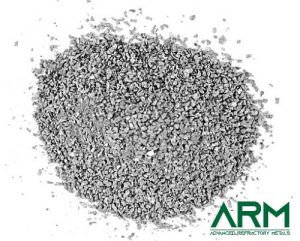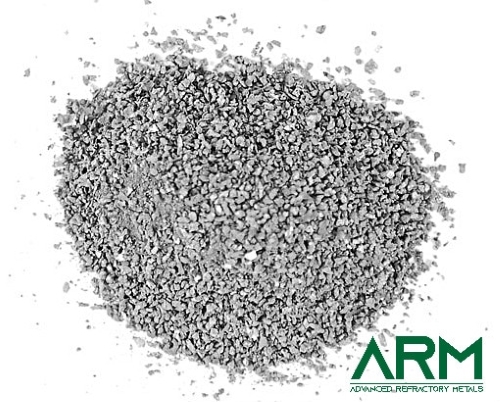Introduction
Zirconium is an element renowned for its robustness and resistance to corrosion. It undergoes a fascinating transformation into a unique form—the zirconium sponge. This versatile material comes from intricate production processes. It boasts remarkable properties and finds application across a diverse spectrum of industries.

Let’s delve into the intricacies of zirconium sponge in this article. Hope that you can learn about its production, explore its inherent properties, and uncover its myriad applications.
Production of Zirconium Sponge
–Step 1: Obtaining Zirconium Minerals
Zirconium minerals like zircon (zirconium silicate) or baddeleyite (zirconium oxide) serve as primary sources. These minerals undergo extraction processes to obtain zirconium compounds.
–Step 2: Chemical Processing
The zirconium compounds extracted from the minerals are chemically treated to create zirconium tetrachloride (ZrCl4) through a series of reactions. These reactions typically involve chlorine and high temperatures.
–Step 3: Reduction Process
Zirconium tetrachloride is then introduced into a reduction chamber or reactor. In this chamber, it’s combined with a reducing agent such as magnesium or sodium. The reaction between the zirconium tetrachloride and the reducing agent results in the formation of a zirconium sponge.
–Step 4: Sponge Formation
The zirconium sponge produced from the reduction process is a porous, highly reactive form of zirconium. It usually takes the form of irregularly shaped pieces or granules.
–Step 5: Purification
The obtained zirconium sponge might undergo additional purification processes to remove impurities and achieve the desired level of purity.
–Step 6: Final Processing
The purified zirconium sponge can then be further processed into various zirconium products based on the intended applications. It might undergo melting, alloying, or forming processes to create sheets, rods, tubes, or other forms needed.
These steps form an outline of the production process for the zirconium sponge. It is a crucial intermediate in the creation of various zirconium-based materials utilized across industries.
Properties of Zirconium Sponge
Zirconium sponge embodies an array of advantageous properties.
- Chief among these attributes is its exceptional resistance to corrosion. This trait makes it a stalwart in applications exposed to harsh environments or chemical reactions.
- Its remarkable heat resistance further enhances its suitability for applications in high-temperature settings.
- Moreover, the zirconium sponge has low neutron absorption characteristics. It has become indispensable in nuclear reactors, particularly in fuel assemblies and structural components.
- Its malleability and ductility allow for the creation of intricate shapes, facilitating its utilization in diverse industries.
Applications across Industries
The versatility of zirconium sponge finds expression in an extensive array of applications.
- In the aerospace industry, zirconium-based alloys contribute to lightweight, high-strength components for aircraft and spacecraft engines.
- Moreover, its compatibility with high-temperature environments renders it invaluable in gas turbine engines and critical parts subject to extreme heat and stress.
- The chemical processing sector relies on zirconium sponges for their resistance to corrosive substances. These reactions are used in reactors, valves, and piping systems.
- Notably, the nuclear industry harnesses zirconium sponge’s neutron transparency in fuel rod cladding, ensuring safety and efficiency in nuclear reactors.
Alloys and Enhanced Performance
Zirconium sponge’s alloying capabilities further broaden its utility. By combining zirconium with other metals, such as titanium and niobium, engineers create high-performance alloys renowned for their strength, corrosion resistance, and heat tolerance.
These alloys find application in specialized equipment, medical devices, and even jewelry, accentuating zirconium’s adaptability and appeal across diverse domains.
Conclusion: Zirconium Sponge’s Enduring Significance
Zirconium sponge proves technological prowess. It comes from mineral extraction to a material pivotal in shaping various industries. Its corrosion resistance, heat tolerance, and neutron transparency solidify its role in critical applications.
As innovation propels material science forward, zirconium sponge remains poised at the forefront. It embodies resilience and adaptability and endures relevance across an expansive industrial landscape. For more details, please check our homepage at https://www.refractorymetal.org/.
